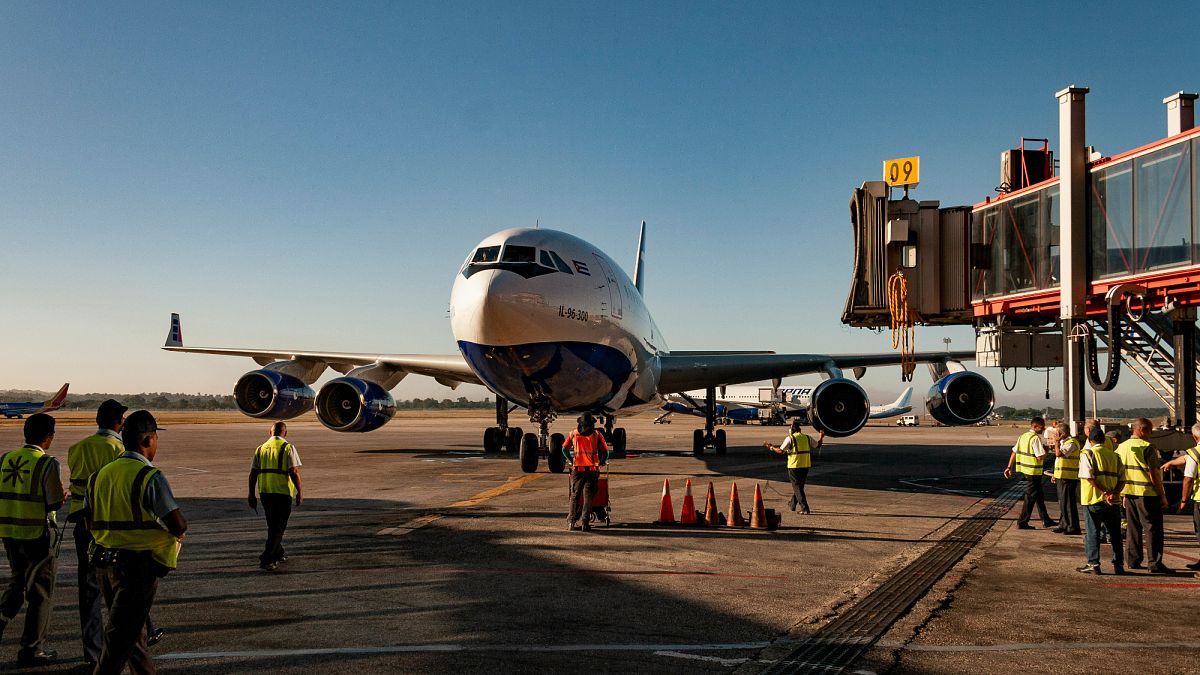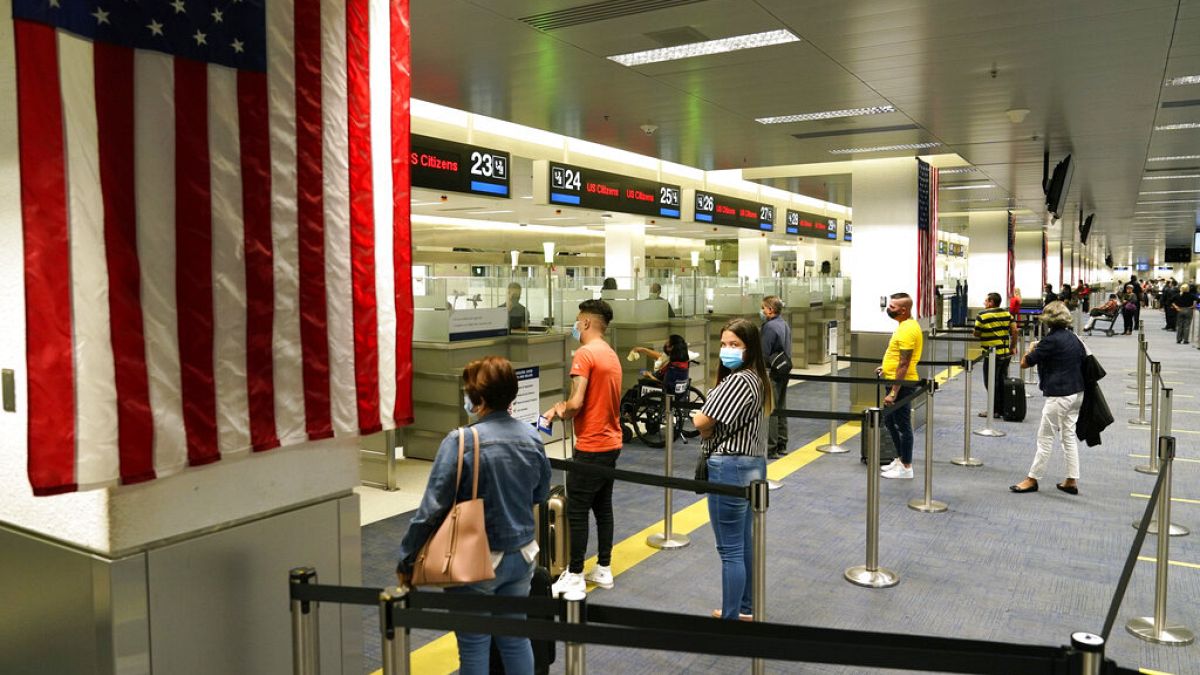Carbon credit schemes have repeatedly been called out by climate scientists and activists as ineffective and even harmful.
When you’re booking a flight online, you’ll often be presented with the option to offset the carbon footprint of your journey.
You’ll be asked if you want to add a small surcharge - sometimes even under €5 - to the cost of your booking to compensate for a proportion of the emissions of your flight.
However, carbon credit schemes have repeatedly been called out by scientists and climate activists as ineffective and even harmful.
So should you be choosing to offset your flight emissions or are there other options to make your journey greener?
How does carbon offsetting for flights work?
When you take a flight, the amount of carbon dioxide released into the atmosphere can be calculated.
A one way trip from London Heathrow to Paris Charles De Gaulle emits around 0.32 tonnes of CO2, for example.
When you choose the option to buy carbon credits, the idea is you offset the emissions by funding a scheme that will remove or store the equivalent amount of carbon elsewhere, often by planting trees.
The illusion of carbon offsetting schemes
For many climate scientists, the problem with carbon credits is that they do little to reduce flying - and perhaps even encourage it if travellers think they can make the trip eco-friendly and avoid the dreaded flygskam or ‘flight shame.’
Carbon offsetting at most cancels out emissions already released into the atmosphere, but does not reduce them as travellers sometimes mistakenly believe.
What’s more, many offsetting schemes have been labelled ineffective by scientists, while others can even have a negative impact.
Tree planting and forest protection schemes in particular are questionable yet Reducing Emissions from Deforestation and Forest Degradation (REDD+) projects hold about a quarter of credits on the voluntary carbon market.
A 2023 study by researchers from Berkeley University concluded that “current REDD+ methodologies likely generate credits that represent a small fraction of their claimed climate benefit.”
Other investigations have even found that these schemes can have adverse impacts on Indigenous peoples and local communities who are forcibly removed from areas of land.
Legitimate carbon offsetting schemes should be verifiable and long-term - with a strategy in place for the care and maintenance of planted trees - and prove that they are additional projects i.e. the actions wouldn’t have been taken otherwise.
What are alternatives to carbon offsetting your flight?
Not flying at all is the best way to make a journey more planet-friendly.
Taking a train instead of a short haul flight in Europe can reduce your emissions by over 85 per cent.
Thanks to Europe’s rail renaissance, long distance train journeys are quicker, more comfortable and cheaper than they’ve ever been. Use websites like Omio and Trainline to find routes and prices and book tickets.
Train journeys can often be as quick as taking a flight because you don’t have to arrive at a train station hours before like you do with a flight. There’s also very rarely limits on luggage reducing stress when packing.
On top of all this, it’s healthier to be able to move around a train, rather than being confined to a small seat on a plane. Trains also have perks like child-friendly carriages and, on long journeys, comfortable beds so you can arrive at your destination refreshed and save on the cost of a night’s accommodation.
But if you have to fly, you can choose to do so with airlines that use sustainable aviation fuel and choose an economy seat - business class passengers take up more space so account for more emissions.
Opt for large commercial aircraft rather than small planes or private jets as seating more people means emitting less per individual journey.

 5 months ago
59
5 months ago
59






 We deliver critical software at unparalleled value and speed to help your business thrive
We deliver critical software at unparalleled value and speed to help your business thrive






 English (US) ·
English (US) ·